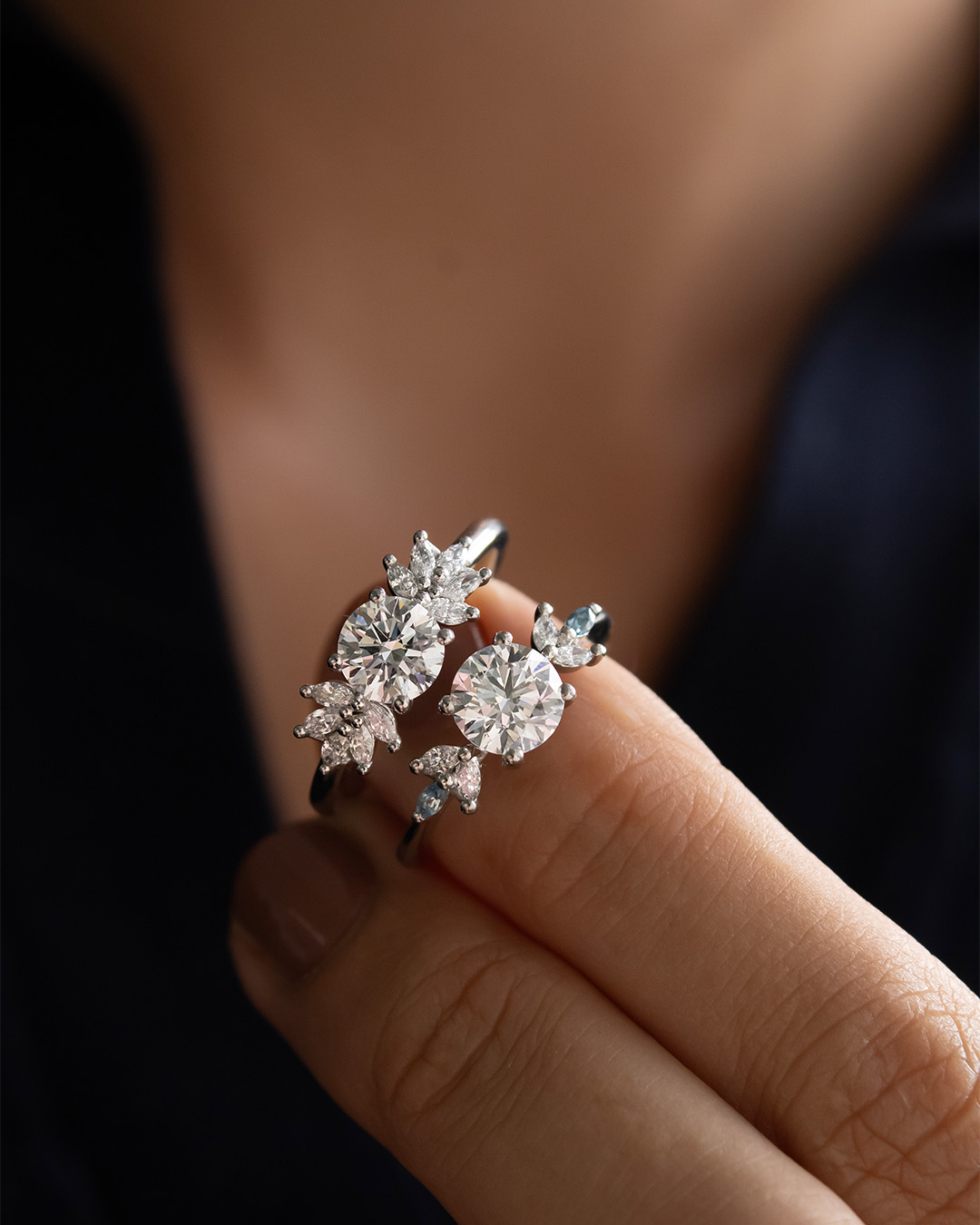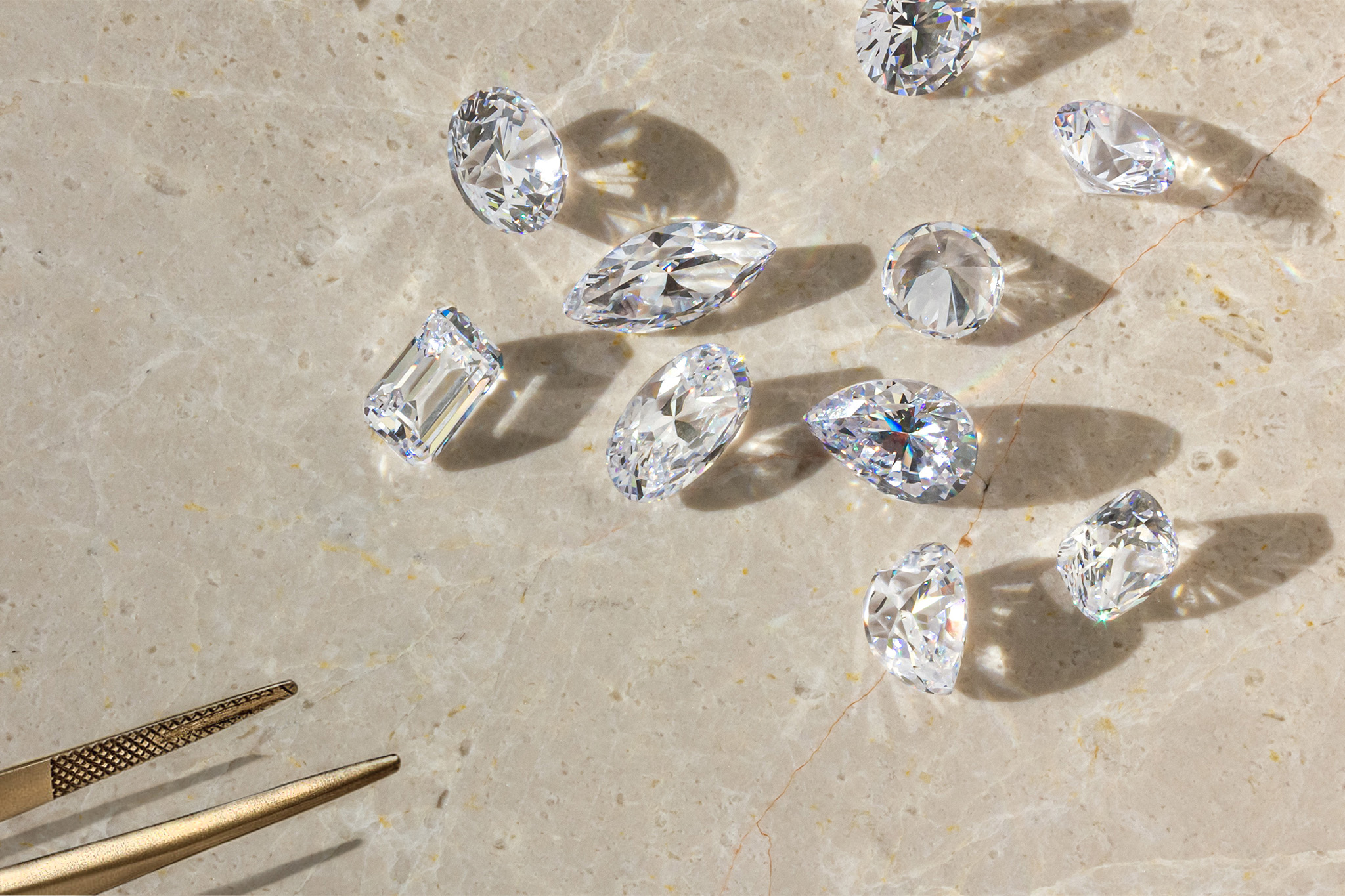
29 Jul 2025 — by Flawless Fine Jewellery — Reading time 3 minutes
Everything About Loose Natural Diamonds: Shapes, Clarity, and Value
Loose Natural Diamonds: Shapes, Clarity, and Value
Everything About Loose Natural Diamonds: Shapes, Clarity, and Value
Our Loose natural diamonds are one of the most versatile, valuable, and personal options when buying fine diamonds. If you are investing in a timeless gem or designing a custom piece of jewelry, loose natural diamonds allow you to modify the shape and level of clarity and the way they will eventually be set. Discover how to evaluate and choose the perfect diamond confidently. Knowing how experts assess and value loose natural diamonds will ensure that you make an informed and valuable purchase.
From the charm of earth-mined diamonds to understanding the certification process or their usage in engagement rings, this guide explores everything you need to know about loose natural diamonds.
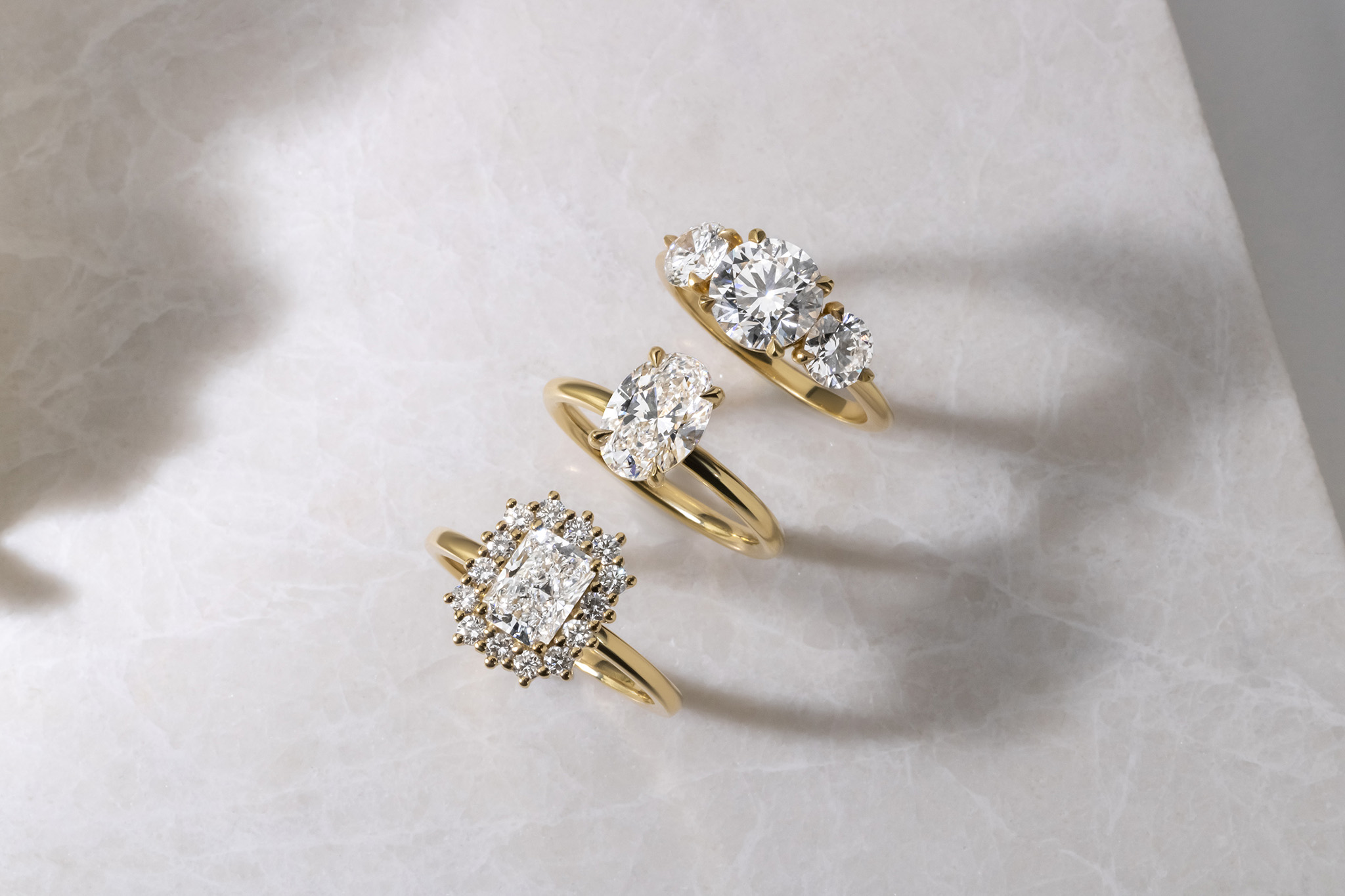
What Are Loose Natural Diamonds?
Natural loose diamonds are those that were mined from the earth and not yet set into jewellery. Loose natural diamonds are individual stones that you can buy individually ideal for custom design or investment. Many buyers will choose a loose natural diamond because they can look at the entire quality and uniqueness of the diamond when they choose their perfect natural diamond setting.
When evaluating diamonds, most people like to evaluate the 4Cs — cut, colour, clarity and carat weight — as you cannot know the quality of these for a pre-set diamond since the diamond is set into a metal setting or halo.
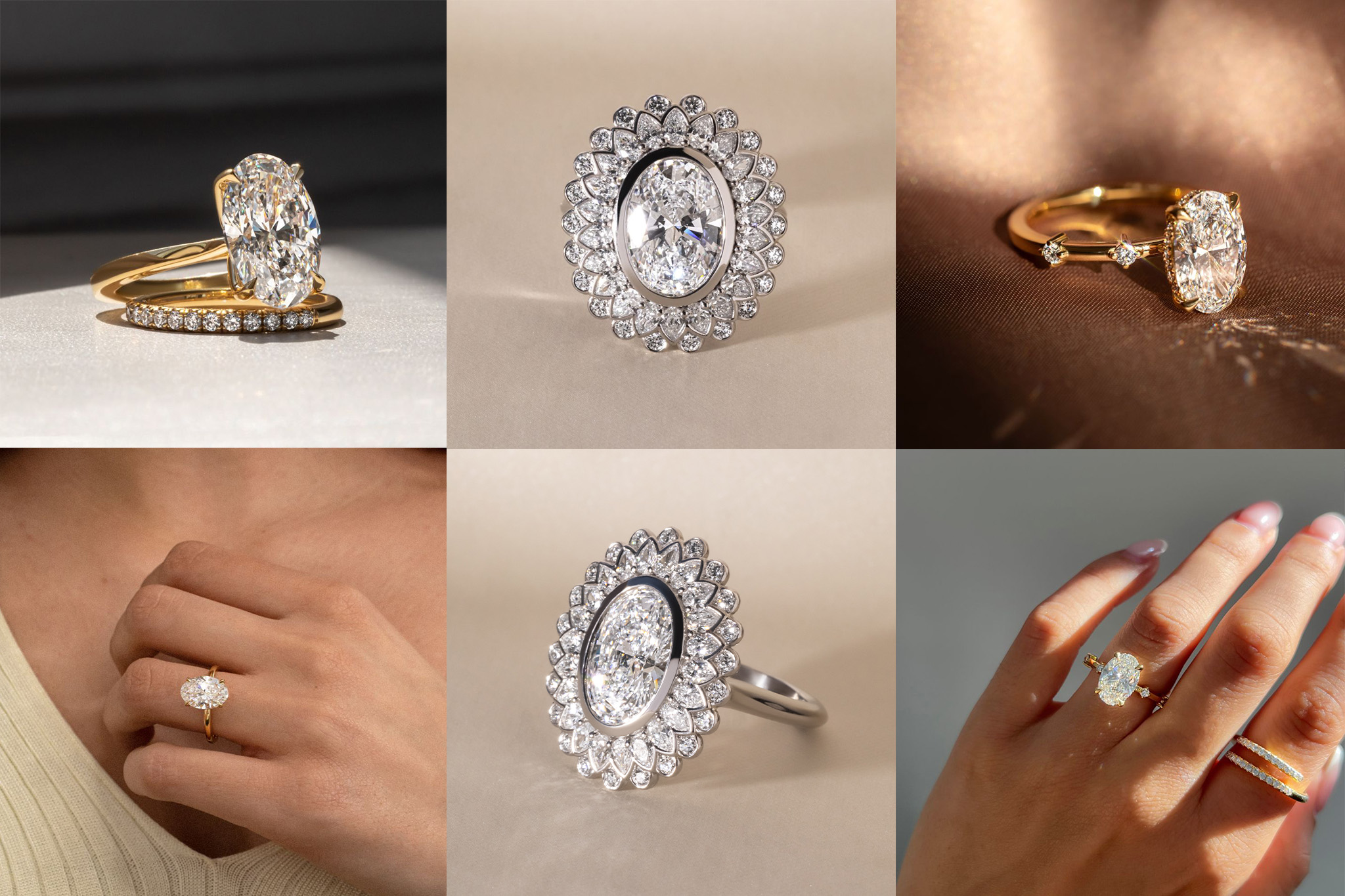
The Appeal of Earth-Mined Diamonds
Natural earth-mined diamonds develop over billions of years deep in the mantle of the Earth. People value them for their rarity, natural source, and timeless beauty. Unlike synthetics, diamonds found on the ground have a history spanning several generations. For hundreds of years, families have inherited them like treasured heirlooms.
Should you value the beauty of natural uniqueness and the love of geological genesis, you will be enticed by loose earth-mined diamonds unmatched. These diamonds mirror the enduring inheritance of their natural source in addition to love.
Popular Shapes in Loose Natural Diamonds
One of the best things about loose natural diamonds is the choice of shapes. The most common shapes include the following:
Round Brilliant: The most classic and sparkliest shape, perfect for attaining timeless elegance.
Princess Cut: A new and geometric shape which represents a square-shaped diamond with sharp brilliance in a square shape.
Oval and Pear: These elongated shapes are unique and flattering on the hand.
Cushion Cut: The soft edges are vintage and romantic-looking.
Emerald and Asscher: Step-cut shapes, which show more clarity and sophistication.
Choosing loose diamonds gives you more freedom than buying pre-set jewellery.
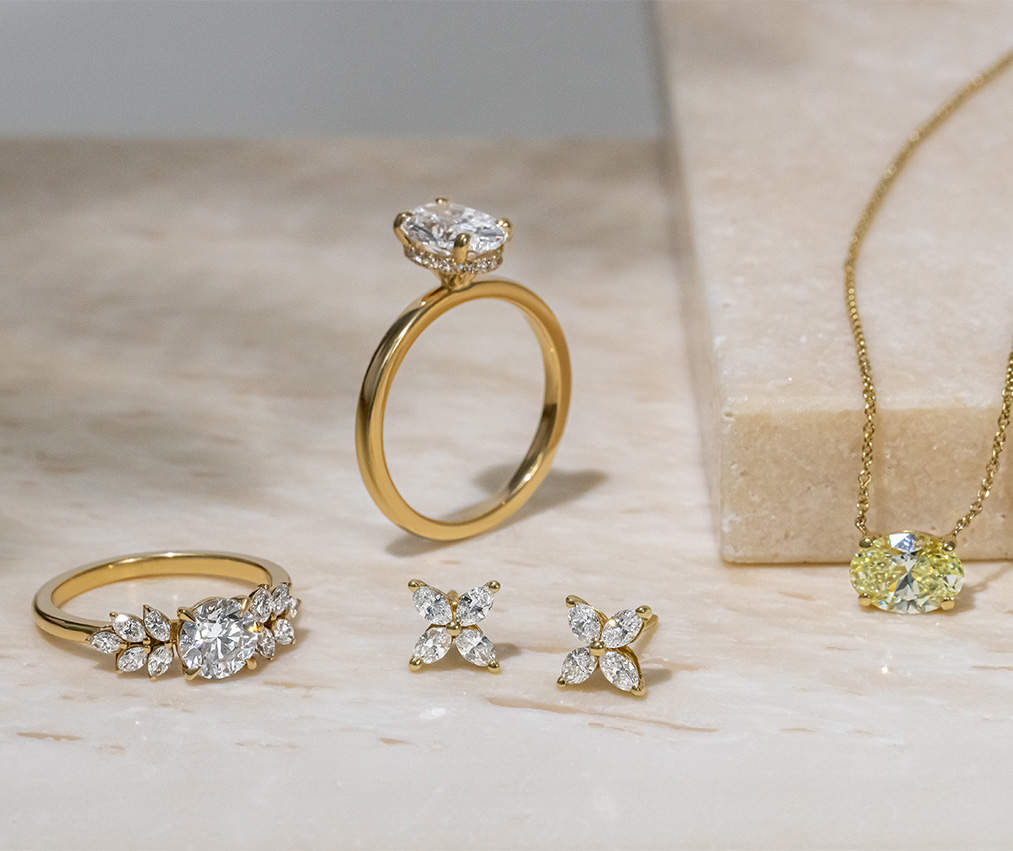
Understanding Clarity and Grading
Clarity is an important factor in assessing loose natural diamonds. It is thepresence of internal and external flaws, including inclusions and blemishes. The clearer the stone is, the better the clarity grade will be – and thus, the higher the price.
Certified loose diamonds, have grading terms such as:
• FL (Flawless)
• IF (Internally Flawless)
• VVS1 & VVS2 (Very Very Slight Inclusions)
• VS1 & VS2 (Very Slight Inclusions)
• SI1 & SI2 (Slight Inclusions)
• I1, I2 & I3 (Included)
When you purchase GIA-certified diamonds, you know that the clarity and other facets have been assessed by a trusted, independent laboratory. GIA (Gemological Institute of America) certification is the gold standard in authenticating loose natural diamonds.
Why Certification Matters?
When purchasing loose diamonds, certification provides credibility and reassurance. A GIA-certified diamond includes a certificate, which will include a report that details the stone’s cut, colour, clarity, carat weight, and more. You can more easily insure, resell, or appraise certified loose diamonds in the future.
Whether you’re purchasing loose diamonds for engagement rings or to add to your investment portfolio, always ask for a certificate from a recognized gemological institute, such as the GIA or IGI. Certification also protects buyers from misrepresentation, ensuring the diamond’s quality matches the seller’s claims.
Loose Natural Diamonds for Engagement Rings
Building a ring with loose natural diamonds lets you create a piece exactly mirroring your individual flair. Because it allows them complete control over the form, setting, and general style, many couples choose to create their own engagement rings using loose diamonds. You can independently pick the centre stone, the side stones, and the setting—guaranteeing that your ultimate ring accurately captures your own vision and style. If you are looking for a simple solitaire or an ornate halo, these diamonds will let you be creative in your way.
Are they a Good Investment?
Of course, investment-grade diamonds are an accepted store of value, especially when acquired as loose natural diamonds. Fine diamonds with excellent cut and clarity, accompanied by GIA certification, are less likely to depreciate or could appreciate over time.
The main factors making investment-grade diamonds attractive include the following:
Strong market demand
Timeless charm
Portability and durability
Liquidity in global markets
If selected properly, it can be both a personal treasure as well as a viable financial asset.
Tips for Buying Loose Natural Diamonds
Here are some important things to remember before making a purchase:
Certification Matters: You should only consider GIA-certified diamonds or other stones that are lab-certified by recognized labs.
Inspect In-Person: To the extent you can, when you get a chance to see the diamond, it would be wise to view it with a jeweller’s loupe and in the proper lighting.
Compare Prices: Always compare similar loose diamonds from sellers so you can know what a fair price is.
Know the 4Cs: Understand how the cut, color, clarity, and carat affect value and look.
Choose Reputable Sources: You should buy from jewellers who are known for sourcing ethically and will be forthcoming about how the diamond was obtained.
Think Long-Term: Buying a natural loose diamond is too important a purchase to be done remotely. When you buy a natural loose diamond, you’re investing in legacy, beauty, and lasting quality.
Explore the world of loose natural diamonds today — where nature’s wonder meets your vision of perfection.
FAQ’s
1. What are loose natural diamonds?
A loose diamond is one, un-set diamond that hasn’t been made into jewelry. They help us to better understand the diamond’s quality and adaptability in producing custom designs.
2. Why would I decide on a free diamond over a pre-set one?
Examining the cut, clarity, and brightness of a loose diamond before it is set helps to assure greater value and quality.
3. Does a free, natural diamond come with certification?
Legitimate jewelers do provide certification from laboratories such GIA, IGI, or HRD to verify the diamond’s authenticity and grade its quality.
4. How may I ensure that the natural diamond I am purchasing is ethiclly sourced?
Always acquire from jewelers like Flawless Fine Jewellery, who follow the Kimberley Process and are totally open about their sourcing.
5. Is it more affordable to buy a loose diamond and then have it set in a ring?
Often, yes. Choosing the diamond and the surroundings separately gives you more influence over your finances.
6. How should a loose diamond be kept or protected?
Loose diamonds should be separated from other jewelry in safe gem cases or containers to prevent scratches.
